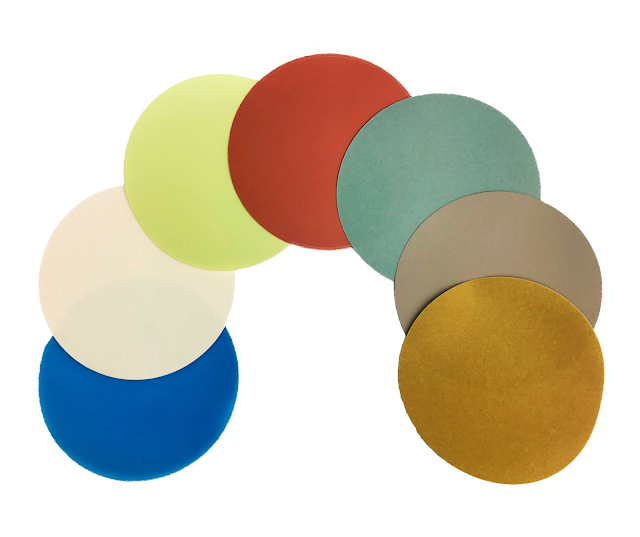A fiber optic fusion splicer
A fiber splicer is a tool that
joins two optical fibers at their end faces using an electric arc to create a
single long fiber. The resultant junction, also known as a fusion splice,
permanently unites the two glass fibers end to end, allowing optical light
signals to move with negligible loss from one fiber to the other.
The way a fusion splicer functions
Optical fibers need to be meticulously cleaned, freed of
their outer jackets and polymer coatings, and then properly split to create
smooth, perpendicular end faces before they can be effectively fused. Each
fiber is then put into a holder in the splicer's enclosure once all of this has
been done. The remaining parts of the procedure, which entail three processes,
are then handled by the fiber optic fusion splicer.
Alignment:
To ensure that the resulting splice is as smooth and attenuation-free as
possible, the fusion splicer makes minute modifications to the locations of the
fibers until they are perfectly aligned. The optical power meter, video camera,
or viewing scope's magnification allows the fiber optic technician to see the
alignment of the fibers while they are being aligned. You can strip the cable
using fiber stripper.
Impurity Burn-Off: When it comes to fusion splicing, you can never be too clean
since even a small amount of dust or other impurities can seriously impair a
splice's capacity to transfer optical information. Many fusion splicers include
an additional precautionary cleaning step in the process even if fibers are
manually cleaned before being introduced into the splicing device. This step
involves generating a little spark between the fiber ends before fusing to burn
off any lingering dust or moisture.
Fusion: The ends of the fibers should be fused to produce a permanent splice once they have been appropriately positioned and any leftover moisture and dust have been burnt out. A second, bigger spark from the splicer melts the ends of the optical fibers without causing the cladding and molten glass core to converge. The final fusion splice is created by connecting the melted fiber tips. The next step is to conduct estimated splice-loss testing, with the majority of fiber fusion splices often exhibiting an optical loss of 0.1 dB or less. The fiber tool kit is of great use.
Follow our Facebook and Twitter for more information about our product.













